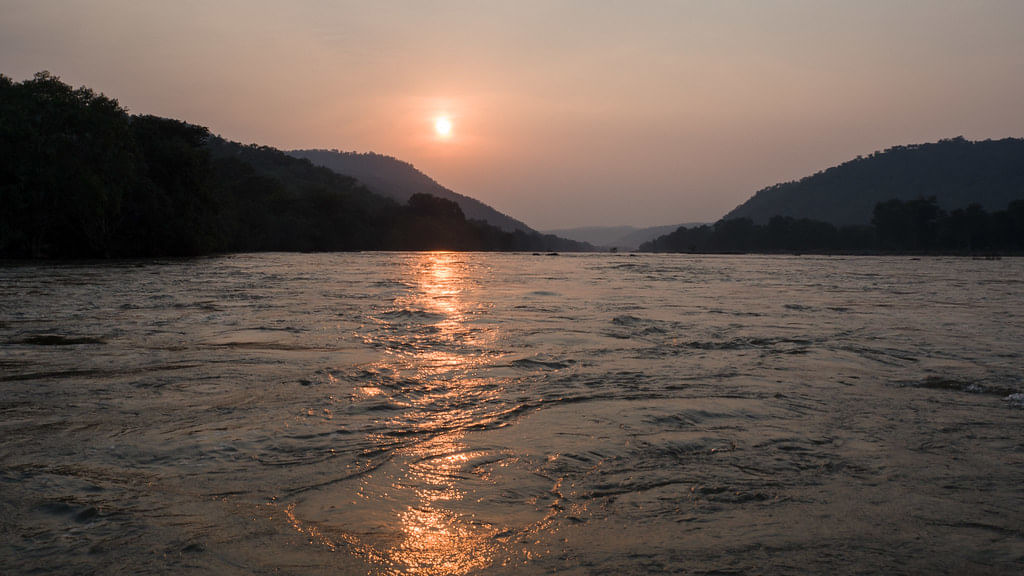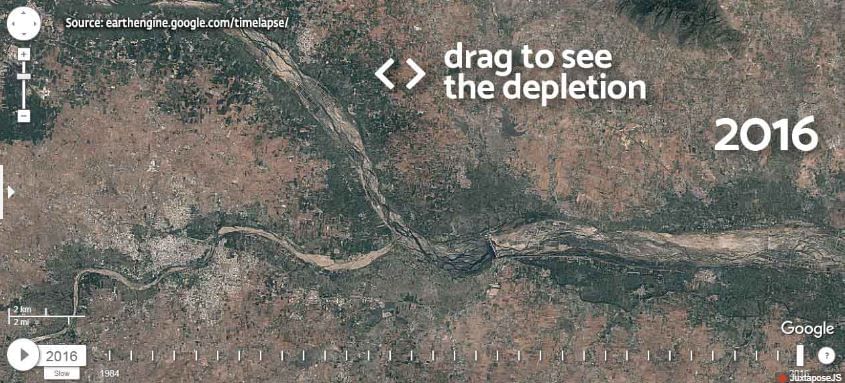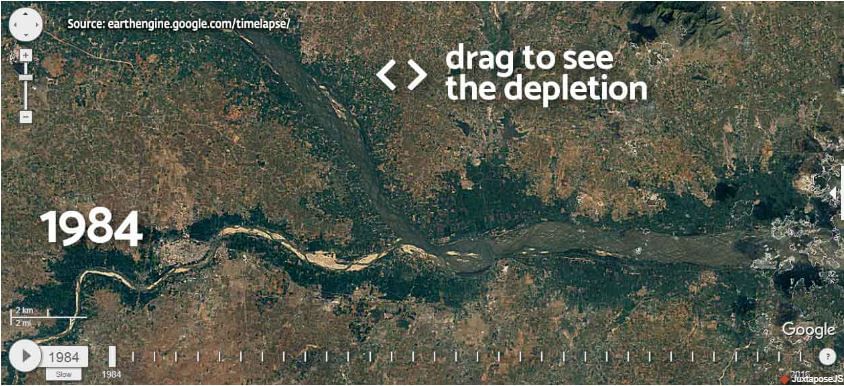Share
Story of Cauvery
Problem
05 Aug 2019
02:34 pm
In 2016, the Cauvery went dry at its source as rainfall fell by 40-70%. Ironically, Tamil Nadu had suffered some of its worst floods a few months earlier in 2015. Five hundred people lost their lives.

| River length | Basin area | Population in basin | States in basin |
| 802 km | 88,000 sq km | 73 million | Karnataka, Tamil Nadu |
Major cities using water
Chennai (pop: 7 million), Bengaluru (pop: 8.4 million)
| River Depletion | Economic Significance |
|
|
Recent Disasters
In 2016, the Cauvery went dry at its source as rainfall fell by 40-70%. Ironically, Tamil Nadu had suffered some of its worst floods a few months earlier in 2015. Five hundred people lost their lives. Estimates of the damage ranged from INR 20,000-160,000 crores. And a year later in the summer of 2017, once again, Tamil Nadu faced drought – the worst in 140 years, while Karnataka stares at a 36% shortfall in food grain production.
The growing trend of alternating flood-drought cycles is becoming apparent in almost all major rivers in India.
Spiritual & Cultural Significance
The Cauvery’s origins are closely related to Agastyamuni, who is in many ways the source of the spiritual process in the whole of South India.
Many of South India’s sacred spaces are along the Cauvery’s banks. Thiruvanaikaval, the pancha bhuta sthala for water, is along its banks. The linga here is always partially immersed in water.
The Cauvery herself is described as a goddess. For the Kodavas, one of the indigenous people of the Western Ghats, Cauvery is the kula devata or family deity.
One of the oldest dams in the world, the Kallanai dam was built almost 2000 years ago on the Cauvery, by the Chola king Karikalan.
Poompuhar, a town near the place where Cauvery reaches the ocean, was one of the most important ports of the ancient world. Known as Cauverypoompattinam, traders set sail from here to Rome, Greece, China and the Far East.
Tags
Related Stories
Like Our Rivers, Have We Lost Our Way?
24 Jul 2019
09:02 am
We have caused our rivers to go dry and lose their way. Are we losing our own way too? Will we find our ultimate source, Sadhguru asks, or will we get lost along the way?
A World Without Water: Are We Ready For It?
23 Aug 2019
02:17 pm
This video is a warning – about a future where water will become a luxury, unless we act responsibly now.
India’s Impending Water Disaster
23 Aug 2019
01:42 pm
The water crisis in India is not as sudden as one might think. Sadhguru talks about how he has been watching this unfold for the last 25 years.
Keep In Touch
Get the latest Cauvery Calling updates delivered to your inbox.


